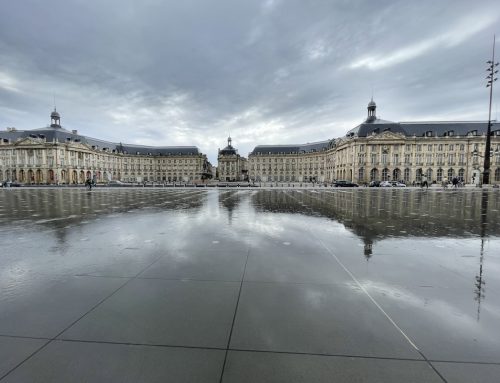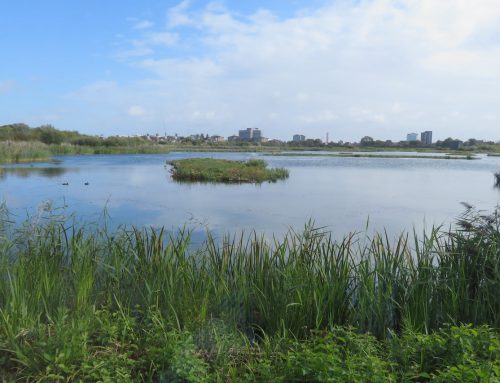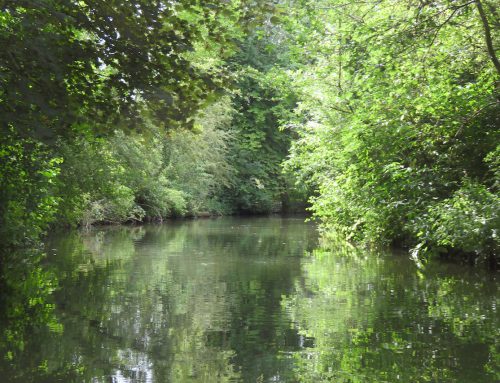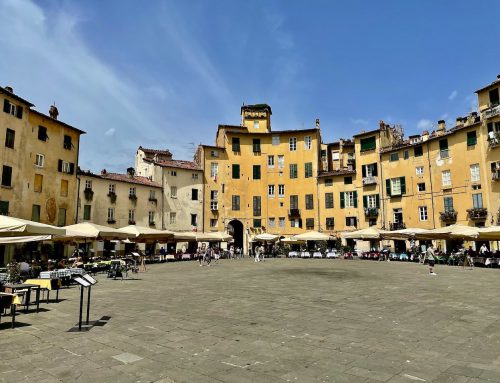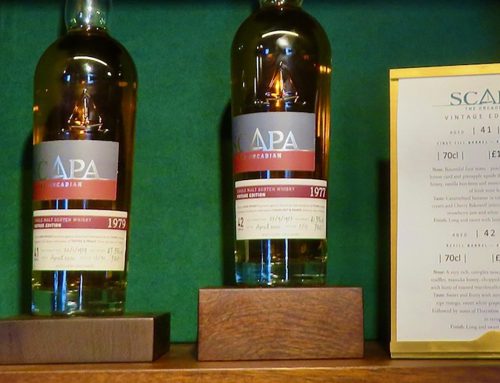Don’t worry, Mr Englishman, it’s safe
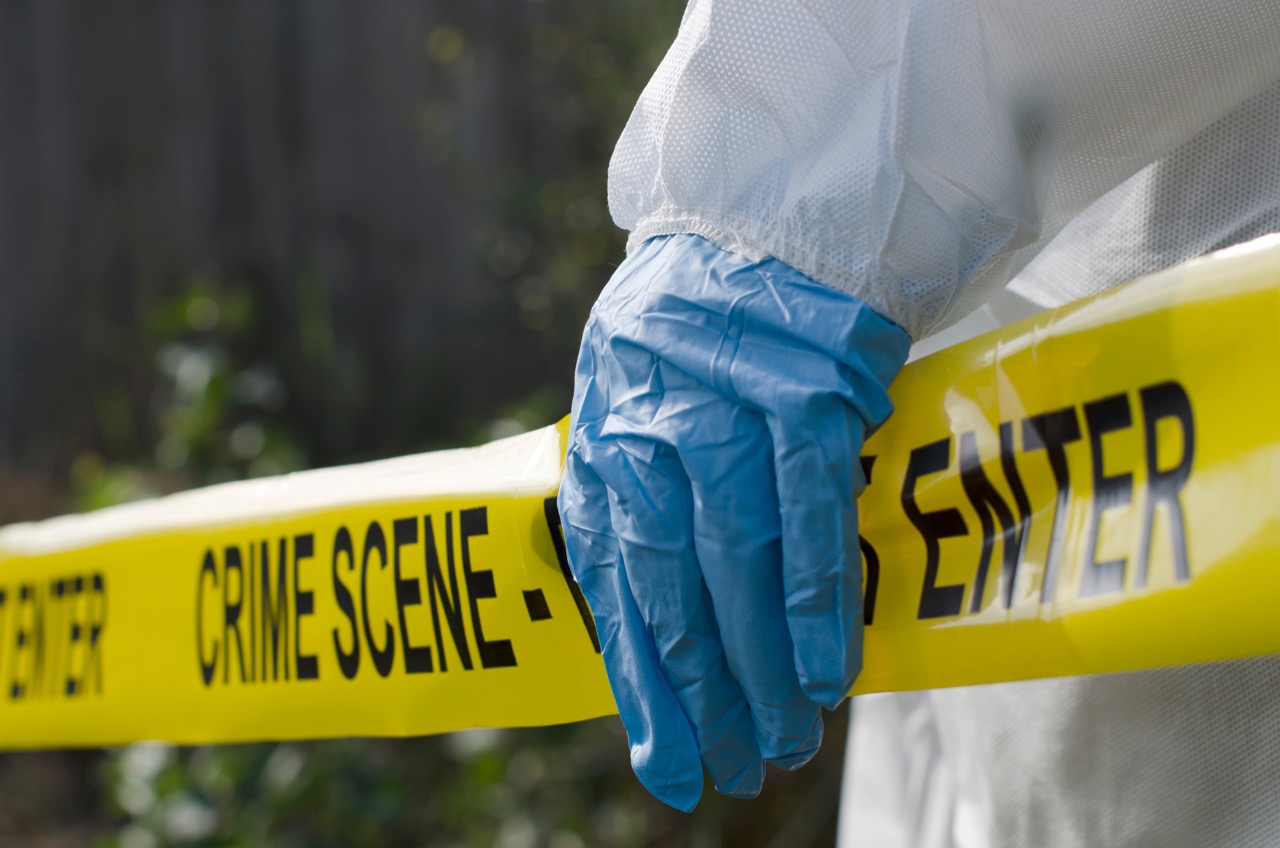
There seems to be a lot of this in Glasgow.

There seems to be a lot of this in Glasgow.
Glasgow, United Kingdom
So there was me at Glasgow’s Central Station, staggering under the weight of an overfilled duffel bag and there were the men in white. Yes, white. Two serious-looking fellows clad in white overalls, hoods up, gloves on, studying the pavement intently. Police forensics were in action. No surprises, I thought. For some reason I was half anticipating the scene. After all, this was Glasgow, Scotland’s biggest city, the UK’s third, on a drizzly Friday evening towards Christmas.
I crossed the road, took up position at the end of the planet’s longest taxi queue and looked around for the cameras. There were none. At least there was a single photographer on hands and knees silently clicking away from different angles. I could see he was recording the scene. Four bored constables, each in fluorescent tabard were standing guard, their backs to the now barriered area, no more than 30 metres square, while chatting quietly to each other. They looked completely unaffected.
“This way, please, ladies and gentlemen. Move one, move on,” I heard one say, as he directed yet another group of late and confused arrivals away from the scene. The crime bods were still hard at work and showed little sign of completion.
I leaned forward to the couple, man and woman, standing directly before me in line. They had sneaked into the queue ever so slightly ahead, manifestly wise to the ways of central Glasgow and how to stay in front of overburdened travellers like me.
“Excuse me?” I let the interruption hang like a question for a brief moment, then adding, “is this the queue for the taxis?” I knew the response, of course, as the taxi queue would have been obvious to a blind man, but it seemed the best way of opening conversation.
“Yes,” came the monosyllabic reply from the woman, her tone laced with a Glaswegian flavour, as she turned towards me. Perhaps in her mid-forties, her curled brunette hair bounced gently on her shoulders, while her dark brown, or was it black, tweed-like coat was so typically Glasgow. Beside her stood her companion, maybe early fifties, short grey hair, and a stubbly, unshaven appearance that is the way of modern fashion. He looked athletic, too.
“Seems like an episode of Taggart is being filmed,” I said casually, nodding to the police hard at work on the other side of the road, “but I can’t see any cameras. Actually, for that matter, I can’t see a producer either.” I craned my neck this way and that to see where the film crew might be hiding.
Taggart is one of Scottish television’s classics and may be the longest running detective series in history. It has kept viewers captivated for more than three decades, audiences that have long included me. The programme is based in Glasgow and is about death, dishonour, destruction and detective work in various guises, week in week out. If you are short of something to watch, any Taggart episode will do. You are guaranteed entertainment, mixed with disbelief and horror. Surely these things cannot really happen? But happen they do, especially in Glasgow.
“That’s no film,” the woman said in reply, authority in her voice.
“Oh,” was all I could muster.
“Anyway, I have done quite a few Taggarts,” she added.
“Really?” From that moment I was tuned to every syllable she uttered.
“Och,” she began, a word you hear a lot in Scotland, “for sure, I’m an actress. I have been on Taggart plenty. I was even the murderer once.”
I looked closer at her. Had a microscope been available I would have used that as well. We were in a city and cities have lights, but in Glasgow even the lights can be gloomy. The slow realisation flowed over me that I had seen this woman before. And yes, it had been on an episode of Taggart.
What an arrival. There I was, hot from the press in soggy Glasgow, and the first thing to greet me was a felony. What is more, I was standing in a taxi queue with a genuine Taggart actress. A story for the future, I was sure.
The unfortunate victim who had given me this opportunity would sadly never be aware of his generosity. He had fallen, completely naked, from a fourth storey window some hours before and was dead from the moment he hit concrete. Central Glasgow went into lockdown for the best part of the day and it had been only minutes before my arrival that closed roads had reopened and taxis were available at all. Whether the fall had been by accident, design or suicidal was anyone’s guess. Anyway, the boys in white were certainly not talking and in a million years they would never tell me.
But paradoxically, I was not surprised. Glasgow is struggling hard to shake off its image as the crime and murder capital of the land. In 2013 the city was ranked as the UK’s most violent area with a homicide rate nearly three times the national average. The police proudly announce that the homicide rate has declined by 40% in recent times. “Wow!” is my only comment. I suppose that is an improvement.
Yet there are still all manner of odd activities taking place in Glasgow. The day I arrived, not only did the guy tumble from his fourth-floor window, but an apparent pervert sexually assaulted a shop assistant, a man was hospitalised after being attacked by three youths and police were appealing for witnesses after two men attacked a taxi with weapons. The type of weapon was undeclared. These horrors did not include a refugee being attacked with fireworks and 102 arrests made after a football match. Things can only get better in Glasgow.
No wonder, when I asked the Taggart actress for ideas as to what I should do with time off in her city, she gave plenty of charming suggestions - museums, gardens, churches and somewhere for a Pie, Pint and Play each lunchtime - but after each would reflect for a moment, glance at her companion and add, “Don’t worry, Mr Englishman, it’s safe.”
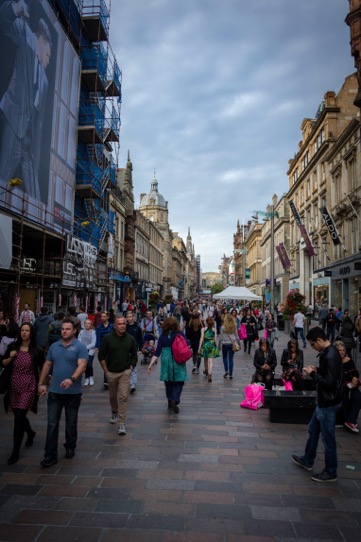
Much goes on in Glasgow. Downtown on a Saturday.


